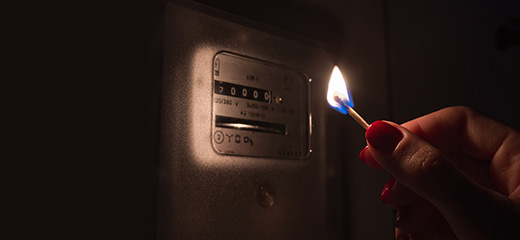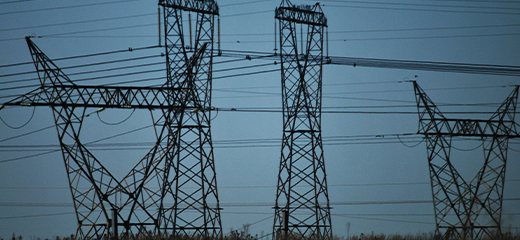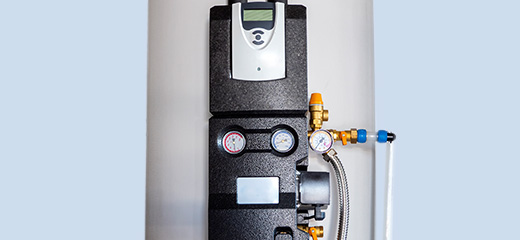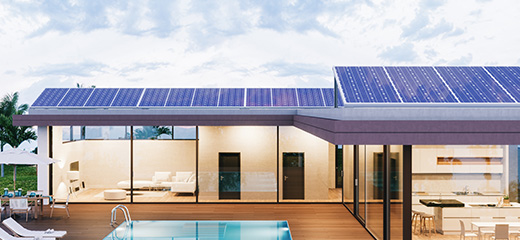
Understanding light bulb options
The lighting options we choose for our homes have a significant impact on our lifestyle and monthly electricity bills. But with so many light bulbs on offer, how do you know which is the best choice for your different areas?
Times have certainly changed from the days of standard filament light bulbs, and today you will find several shelves dedicated to light bulbs in your neighbourhood store. Before making your selection, there are four elements to consider.
- Colour: Light bulbs tend to come in cool or warm white. Cool whites are best for areas that need a lot of bright light such as kitchens, bathrooms, work areas and security lights. Warm whites, on the other hand, provide a softer light that adds to the ambience of a room and helps people to relax. These are great choices for the lounge, dining area and bedroom.
- Watts: The watt rating of a light bulb is generally clearly indicated on the packaging. This will tell you how much electricity the light bulb draws when being used and can help you determine which option is best for your monthly utility bill.
- Lumens: Contrary to popular belief, a light bulb’s watt rating is not indicative of the brightness it delivers. In fact, with the introduction of new lighting technology, a homeowner can get far more light from much less electricity consumption. To figure out whether a light bulb will be bright or soft enough for your needs, look at the lumens or brightness rating. The higher the lumens, the brighter the light.
- Fixture: Don’t forget to check what type of light bulb fixture your lighting requires – such as screw or pin and size – before heading out to the shops.
Light bulb technology
Now that you know what to look for, you might wonder how the various light bulb technologies measure up against each other in terms of electricity consumption and lifespan.
- Filament/incandescent: This is the old type of light bulb that used to be used in homes. Although they have undergone some improvements, filament lightbulbs use a lot of electricity comparatively. They last for approximately 1 000 hours.
- Fluorescent: Well-known as the long tube lights often found in business and industrial environments, fluorescent light bulbs were an attractive alternative to incandescent options, particularly where high levels of brightness are required. They have a lifespan of around 15 000 hours.
- Compact fluorescents: CFL light bulbs with their curled and looped shapes attracted much interest a couple of decades back when municipalities started encouraging homes and businesses to change to the new offerings. These lightbulbs consume approximately a third of the electricity of a filament light bulb and last anywhere between 8 000 and 20 000 hours.
- LED: These newer options offer all the lighting nuances of filament light bulbs without the harshness of the fluorescent varieties. What’s more, these lights consume a sixth of the electricity and offer lifespans of up to 50 000 hours.
- Halogen: Having gained market share as a result of the increasing popularity of downlights, halogen lights are more efficient than incandescent light bulbs but run very hot and need to be used in out-of-the-way areas. They also tend to have a very short lifespan of about 2 000 hours. Xenon and LED options are now available to use in their place.
Want to reduce your electricity bill?
Head to LookSee for products that reduce electricity consumption and save money.
Related articles:








